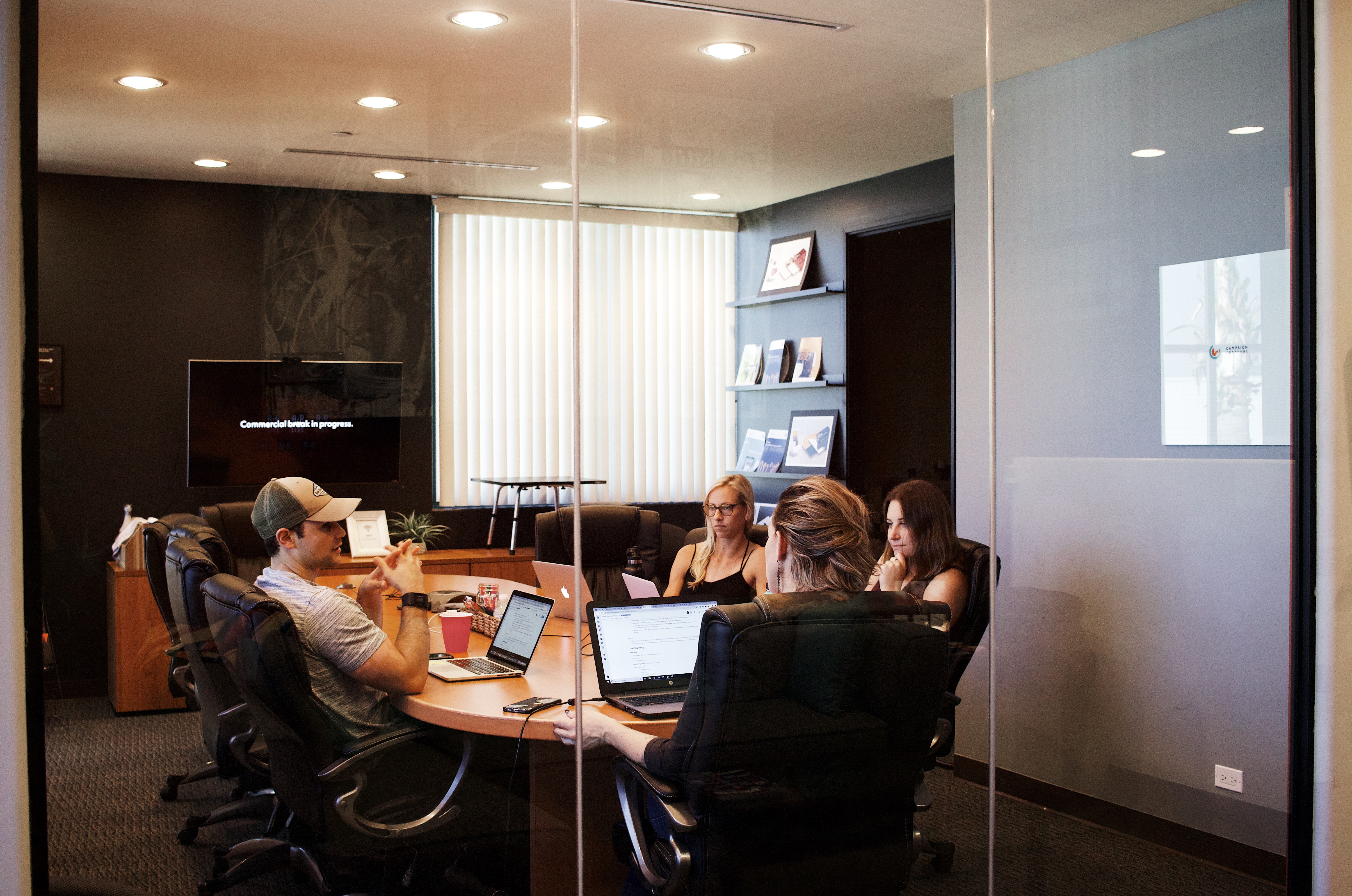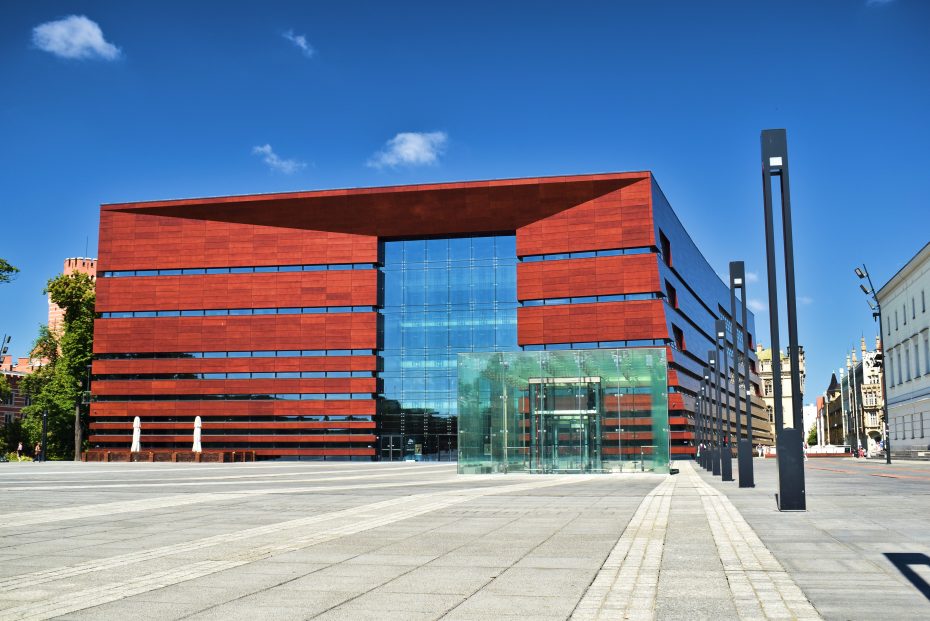Managing the security for an office building comes with plenty of challenges. Threats can come from inside or outside the office, and new risks emerge all the time.
But security challenges get even more complicated when multiple businesses lease space in the same office building.
The tenants will have a variety of corporate cultures, working hours, visitor policies, and shifting staff that can make comprehensive security efforts difficult.
However, with the right approach, property owners and managers can ensure a secure working environment for their tenants and their visitors.
Here are some tips to start with.
Clarify Individual Tenants’ Security Needs
Some tenants will prioritize security much more than others.
Some may keep careful track of who comes in and out of their doors, and others will keep little or no visitor records at all.
Some may think it’s absolutely necessary to screen visitors or ask for identification, and others may view such efforts as unnecessary or even off-putting.
Some, such as professional firms including lawyers and accountants, may be very concerned about the privacy of their visitors and have serious objections to using the same visitor management system as other tenants. Others will have no worries about that.
Property managers should get to know exactly what each tenant’s security priorities and expectations are. It can go a long way to have in-person meetings with representatives from each tenant in the building to discuss these issues.
Create a “Security Team” for the Building
Once you have a better understanding of each tenant’s security priorities, it’s time to start the work of getting all your tenants on the same page.
You’ll have to decide which responsibilities will be handled by individual tenants and which responsibilities will be handled by the property manager. You’ll also have to decide how building-wide security protocols will be implemented in a way that meets everyone’s needs.
To make communication and strategy easier, consider creating a security team for your building. Recruit representatives from each tenant who are willing to take the lead on security issues.
Your security team can continue to meet regularly to discuss ongoing security concerns and keep policies updated. Building owners or property managers can also use these meetings to educate the group on best security practices and security-related decisions. Security team members can then pass the information along to the rest of their employees.

Finalize Building-Wide Security Policies and Tools
A good multi-tenant security plan will address the following issues.
Building Access
There should be a clear understanding about who should be given access to which areas of the building, and when. Make sure you have answers to the following questions:
- How will employees verify their identity and access levels?
- Which times of day will these buildings be accessible?
- How will the building’s various entrances and exits be monitored?
- Will there be different rules for access to shared areas, such as the break room or the gym?
What tools and infrastructure should be used to allow building tenants to come and go?
Employee Turnover
In many cases, the property manager is in charge of verifying employee access to the building. If so, you’ll need to specify how tenants should notify building management about employment changes. Describe how access should be revoked and granted as employees turn over. It’s an important safety issue, for example, that terminated employees lose their access rights immediately.
Visitor Management
Non-employee visitors will need access to the building regularly, too. Tenants should be on board with how their visitors will be greeted, verified, and checked in by building staff, if that will be a shared responsibility. Property managers should also let tenants know how they’ll be notified when contractors and other building-related visitors need access to the building, so that they’re never surprised to see someone they don’t recognize or weren’t expecting. If the building will adhere to a visitor badge policy, those details need to be settled, too.
Tenant Lockouts
What procedure will be in place for employees who lose or forget their keys (or forget their passcode, or lose the phone that their access app is on)? How will property managers be available to help with this kind of issue when it inevitably comes up? Will an electrical outage or internet outage affect the building’s locks or access system? The best property managers will have a clear plan for all of these scenarios so none of them lead to a security breach.
Packages, Bags and Deliveries
Of course, security threats can also come in the form of the physical packages taken in and out of the building. A good starting point is to have a standard policy for how deliveries will be accepted, whether it’s at the front desk or to the individual tenants.
Most tenants won’t need to have visitors’ bags checked on the way in, but there’s a security case to be made for checking bags on the way out. Laptops can make an easy target for theft, and they can contain tons of valuable company information.
Quoted in Facilities.net, Fred Miller, president of Security Resources Group, suggests that tenants provide exiting visitors with “package passes” for their bags or alert lobby security staff that a package is headed out of the building. Of course, this strategy will only work if all tenants will have to agree to participate and remember to do it consistently.
Alerts and Security-Related Communication
If the building staff does become aware of a security breach or another emergency, how will they notify the rest of the building’s occupants? Building staff should know exactly who to call and exactly how to reach them. They should also have a plan for who to contact next if the primary contact isn’t available.
Similarly, tenants need to know which conditions warrant alerting building staff so that the rest of the tenants can stay safe and secure.
Communicate Security Protocol Clearly
Once you’ve finalized the building-wide security policies that work best for all of your tenants, make sure those policies are written down, reviewed by a lawyer if necessary, and included along with the rest of your tenants’ other legal agreements.
You should also make sure to run the security policies by prospective tenants. Finding new tenants that are already a good fit for your building’s security culture can be a huge benefit.
When evaluating new tenants for your office building, make sure they’re a good fit with your security culture. Click To TweetAs we mentioned in our post How Business Security Pays for Itself, it can be hard to prioritize building security efforts when threats don’t seem imminent. Crafting these policies takes time and can get expensive, and businesses often have other crucial priorities to attend to.
However, these security efforts are well worth it to prevent disastrous security breaches, which can damage your reputation irreparably.
One easy way to boost security for your entire multi-tenant building is to invest in a top quality visitor management system. A cloud-based program like The Receptionist keeps track of who is on site at all times, and it provides a real-time evaluation list for administrators in case of emergency. But it also makes visitor check-in easier and more pleasant for both visitors and administrators with features such as custom notifications and badge printing. Office administrators can design the check-in process based on which types of visitor your office gets.
Click here to learn more about The Receptionist.
What to read next:
- 3 Ways Cyber Threats and Business Security Will Change in 2019
- How to Prioritize Security at Your Coworking Space Without Killing the Inviting Atmosphere
- Physical Security Basics For Technology and Software Companies
Share this Post

